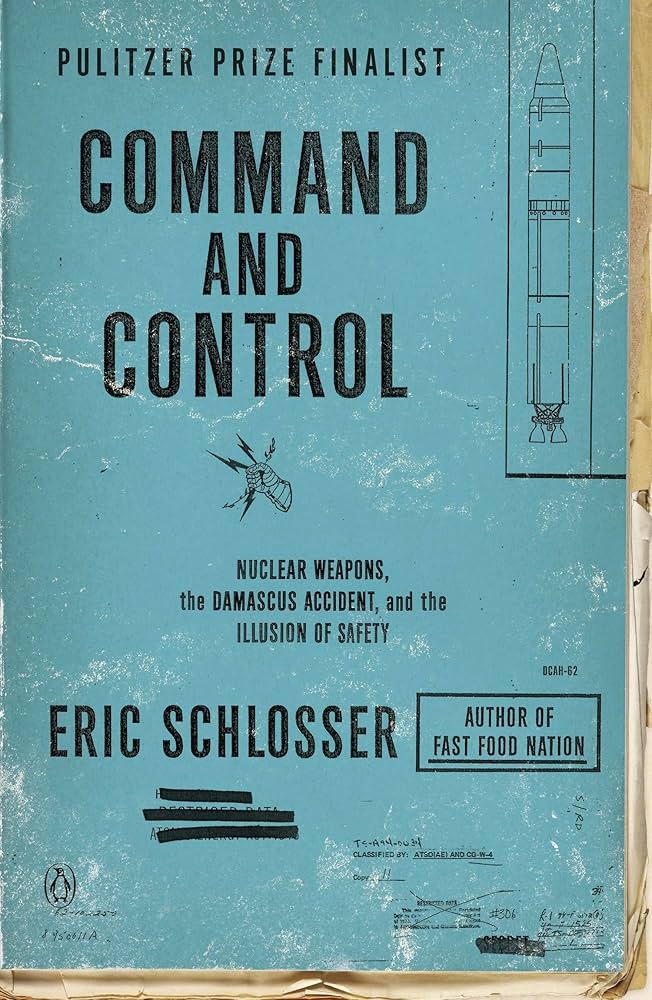

**Comprehensive Timeline: Bodily Reactions During an Accident**
Accidents, whether they are minor or significant, activate a sequence of quick physiological reactions within the human body. Grasping these reactions can offer clarity on how the body manages abrupt stress and trauma. Below is a comprehensive timeline of bodily responses during and right after an accident:
**0-1 Seconds: Initial Response**
– **Sensory Detection:** The body’s sensory mechanisms, especially sight and sound, are the first to perceive an imminent accident. The eyes may open wider, and pupils expand to let in more light, boosting visual sharpness.
– **Startle Reaction:** The brain interprets the danger, initiating an involuntary startle reaction. This prompts a swift, automatic motion, like flinching or tensing muscles.
**1-3 Seconds: Fight-or-Flight Reaction**
– **Adrenaline Release:** The adrenal glands discharge adrenaline (epinephrine) into the bloodstream. This hormone equips the body for a quick response by elevating heart rate, blood pressure, and energy levels.
– **Accelerated Heart Rate and Breathing:** The heart beats quicker to furnish muscles with oxygen-rich blood. Breathing speeds up and becomes shallower to boost oxygen absorption.
– **Intensified Vigilance:** The brain heightens its alertness, concentrating sharply on the immediate danger. Time may feel as if it slows down while the brain processes information more swiftly.
**3-10 Seconds: Immediate Aftermath**
– **Pain Sensation:** If injury occurs, pain signals are relayed to the brain. But, owing to the surge of adrenaline, pain may be temporarily obscured or diminished.
– **Muscle Tension:** Muscles stay tight, which might occasionally result in strains or sprains if the body is jolted or hit.
– **Rapid Decision-Making:** The brain evaluates the scenario and makes quick decisions, like whether to brace for impact or try evasive maneuvers.
**10 Seconds – 1 Minute: Short-Term Response**
– **Shock and Confusion:** The person may undergo shock, marked by confusion, dizziness, or disorientation. This arises from the body’s effort to process the sudden occurrence.
– **Endorphin Release:** The body secretes endorphins, natural pain relievers that help alleviate pain and induce a sense of tranquility.
– **Clotting Mechanism:** If there are cuts or abrasions, the body starts the clotting process to avert excessive blood loss.
**1-30 Minutes: Stabilization Phase**
– **Return to Normal:** As the immediate danger recedes, the body starts to revert to its baseline state. Heart rate and breathing slowly return to normal levels.
– **Inflammatory Reaction:** The immune system triggers an inflammatory response to commence healing any injuries, which may include swelling, redness, or warmth in the affected region.
– **Emotional Responses:** Emotional reactions like fear, anxiety, or relief become more evident as the initial shock diminishes.
**30 Minutes – 24 Hours: Recovery Phase**
– **Physical Symptoms:** Bruising, discomfort, or stiffness may arise as the body continues to react to any injuries acquired.
– **Delayed Pain:** Some individuals might experience a delayed onset of pain or discomfort as the effects of adrenaline and endorphins wane.
– **Psychological Effects:** Emotional and psychological impacts, such as post-traumatic stress or anxiety, may start to emerge depending on the severity of the accident.
Recognizing these bodily reactions can help in identifying the physical and emotional requirements of those involved in accidents, facilitating suitable medical and psychological responses.






